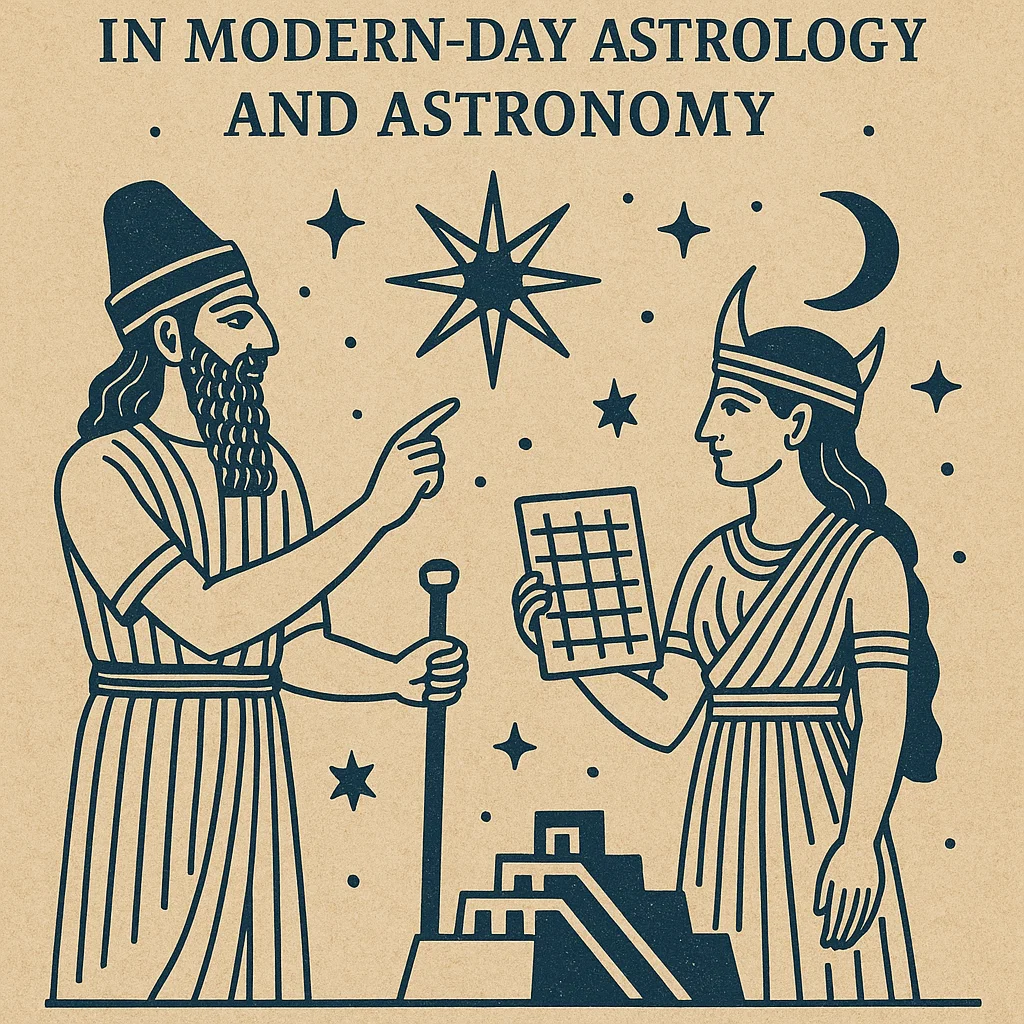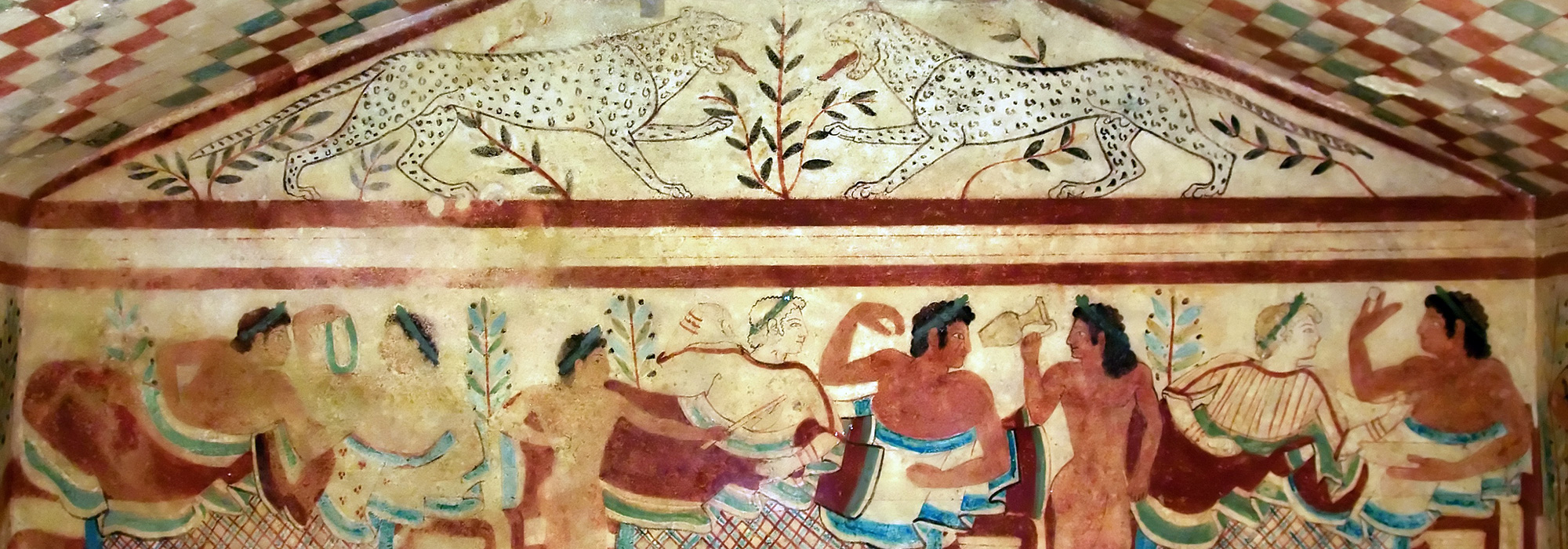Introduction
The Etruscan civilization, which flourished in ancient Italy from approximately the 8th century BCE until its absorption by the Roman Republic in the late 4th century BCE, played a crucial role in shaping the early cultural, social, and political landscape of the Italian peninsula. Known for their sophisticated urban centers, advanced engineering, and rich artistic traditions, the Etruscans significantly influenced Roman culture and laid the groundwork for many aspects of Western civilization. This article delves into the origins, political and social structures, economic activities, cultural achievements, and the enduring legacy of the Etruscan civilization.
Historical Background
Origins and Early Development
The origins of the Etruscans are still a subject of scholarly debate. Some theories suggest they were indigenous to the Italian peninsula, while others propose they migrated from the eastern Mediterranean or Anatolia. By the 8th century BCE, the Etruscans had established a confederation of city-states in the region known as Etruria, encompassing modern-day Tuscany, western Umbria, and northern Lazio.
Archaeological Discoveries
Archaeological excavations have revealed a wealth of information about Etruscan society. Major Etruscan cities such as Tarquinia, Cerveteri, and Veii have yielded impressive tombs, temples, and artifacts, shedding light on their sophisticated culture and technological advancements.
Political and Social Structure
City-States and Governance
The Etruscan civilization was organized into a loose confederation of city-states, each governed by its own king or elected magistrates. The city-states were independent but shared common cultural and religious practices. The Etruscan League, a coalition of twelve city-states, met annually at the Fanum Voltumnae, a central sanctuary, to discuss mutual interests and resolve conflicts.
Social Hierarchy
Etruscan society was hierarchical, with a distinct elite class consisting of aristocrats and wealthy landowners who held political power and controlled economic resources. Below them were free citizens, artisans, and traders, followed by enslaved individuals who performed manual labor.
Economic Activities
Agriculture and Livelihood
Agriculture was the backbone of the Etruscan economy. The fertile lands of Etruria supported the cultivation of wheat, barley, grapes, and olives. The Etruscans were also skilled in animal husbandry, raising cattle, sheep, and pigs.
Trade Networks
The Etruscans were active traders, establishing extensive trade networks across the Mediterranean. They exported agricultural products, metalwork, pottery, and textiles in exchange for luxury goods and raw materials. Etruscan merchants traded with Greeks, Phoenicians, and other Italic tribes, facilitating cultural exchange and economic prosperity.
Craftsmanship and Industry
Etruscan artisans were renowned for their metalworking skills, particularly in bronze and iron. They produced a wide range of goods, including weapons, tools, jewelry, and ceremonial objects. Etruscan pottery, known for its distinctive black bucchero ware, was highly prized.
Cultural and Religious Achievements
Art and Architecture
Etruscan art is characterized by its vibrant and dynamic style, often depicting scenes from mythology, daily life, and religious rituals. They excelled in various artistic mediums, including sculpture, painting, and metalwork.
- Tombs and Necropolises: Etruscan tombs, such as those at Tarquinia and Cerveteri, are renowned for their elaborate frescoes and funerary art. These tombs, designed as replicas of Etruscan homes, provide valuable insights into their beliefs about the afterlife.
- Temples and Public Buildings: Etruscan architecture influenced Roman temple design, particularly the use of the podium and frontal staircase. Notable examples include the Temple of Jupiter Optimus Maximus in Rome, which was built with Etruscan assistance.
Religion and Mythology
Etruscan religion was polytheistic, with a pantheon of gods and goddesses similar to those of the Greeks and Romans. They practiced divination and augury, interpreting the will of the gods through the study of natural phenomena and animal entrails.
- Deities and Worship: Key deities included Tinia (the sky god), Uni (his consort), and Menrva (goddess of wisdom and war). Religious rituals often involved sacrifices, offerings, and elaborate ceremonies.
- Funerary Practices: The Etruscans believed in an afterlife and equipped their tombs with goods and decorations to ensure a comfortable existence for the deceased. Funerary art often depicted banquets, dances, and other scenes of enjoyment.

Interactions with Neighboring Civilizations
Influence and Legacy
The Etruscans significantly influenced Roman culture, particularly in the areas of religion, architecture, and social organization. Many aspects of Etruscan civilization were adopted and adapted by the Romans, contributing to the development of Roman identity.
- Cultural Transmission: Etruscan influence is evident in Roman religious practices, such as the use of augury and haruspicy. Roman clothing, urban planning, and military organization also show Etruscan origins.
- Artistic Influence: Etruscan art and architecture set the stage for Roman artistic developments, with Etruscan techniques and styles being incorporated into Roman temples, tombs, and sculptures.
Decline and Legacy
Factors Leading to Decline
The decline of the Etruscan civilization began in the 5th century BCE, as the Roman Republic expanded its territory. Etruscan city-states faced internal strife, external pressures from neighboring Italic tribes, and military conflicts with Rome. By the late 4th century BCE, most Etruscan cities had been absorbed into the Roman Republic.
Enduring Legacy
Despite their decline, the Etruscans left an enduring legacy that continued to shape Roman culture and, by extension, Western civilization. Their contributions to art, architecture, religion, and governance were foundational to the development of Roman society. Modern archaeology and scholarship continue to uncover new aspects of Etruscan life, deepening our understanding of their contributions to history.
Conclusion
The Etruscan civilization, flourishing from the 8th century BCE until its absorption by the Roman Republic, was a cornerstone of ancient Italian culture. Their sophisticated urban centers, advanced engineering, rich artistic traditions, and complex religious practices laid the groundwork for many aspects of Roman civilization. As the precursors to Rome, the Etruscans’ influence can be seen in the art, architecture, and religious practices of their successors. The ongoing study of Etruscan artifacts and sites continues to reveal the richness and complexity of this foundational civilization, highlighting their significant role in the cultural and historical heritage of the Italian peninsula.









